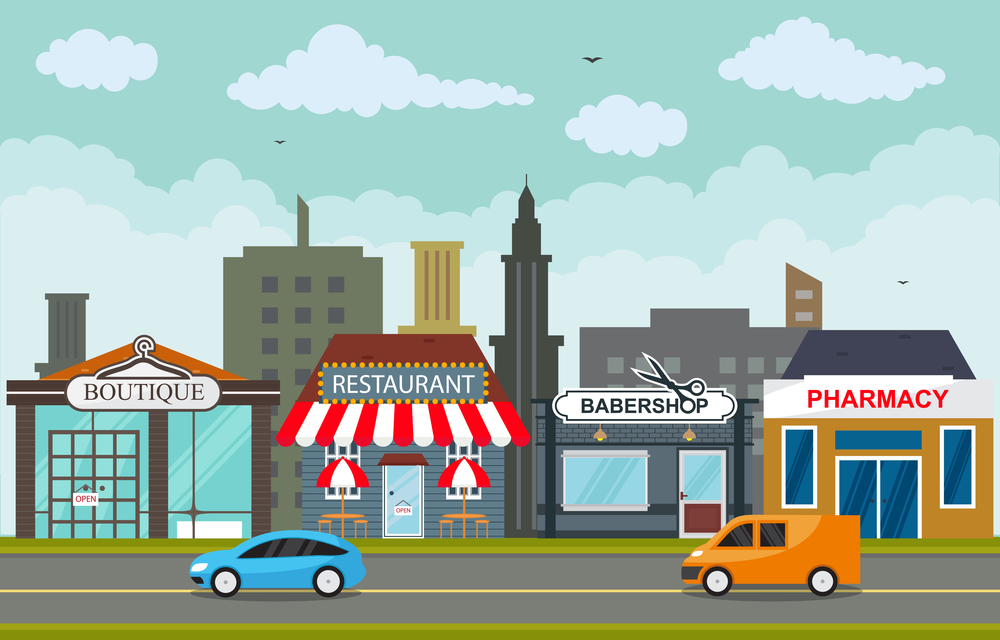COVID-19 has had a seismic impact on small businesses. We all know that. We learn about it in the news and see it every day as we go about our daily lives; we hear it from our insureds and our colleagues. As local agents, we have a real-world, ground-level view. But for a macro look at what’s happening, we point you to a report by global consultants McKinsey & Company: Which small businesses are most vulnerable to COVID-19—and when. And for another view, see McKinsey’s interactive: US small-business vulnerability during the COVID-19 crisis.
Here’s an eye-opening summary:
“The sectors most affected by the coronavirus and the least financially resilient sectors include 1.7 million small businesses, employ 20 million workers, and contribute 12% of US business revenue. A long-lasting COVID-19 crisis could continue to affect these sectors disproportionately and make more of their firms vulnerable to permanent closure.”
McKinsey analysis showed that before accounting for intervention, 1.4 million to 2.1 million of vulnerable businesses could close permanently as a result of the disruption from just the first four months of the COVID-19 pandemic.
The report looks at several characteristics of these businesses:
Industry sector: Using various visuals and graphs, the report shows industry sectors by impact. The first graph plots 18 industries on axes of financial risk and how affected each industry is by COVID-19. It notes that the sectors most affected by the coronavirus are the least financially resilient.
“Differences between sectors depend on how much COVID-19 has affected them and how likely affected businesses are to close. It isn’t only the kinds of small businesses with well-known challenges, such as restaurants and hotels, that are greatly affected. So are other small businesses, in educational services, healthcare, and social assistance. Many private-sector educational services, childhood-education centers, sports classes, and art schools, where physical distancing would be a challenge, could become vulnerable. Similarly, small businesses in the healthcare sector—including ambulatory care (such as dentists’ offices) and small private practices that patients may be reluctant to visit in person—are also highly affected.”
Demographics: Low wage and minority businesses are disproportionately represented in vulnerable businesses.
“Minorities own a quarter of small businesses in the most affected sectors, compared with around 15 percent in the less affected ones.”
Size of business: The smallest businesses are among the most vulnerable.
Geography: The report also looks at the geographic impact in terms of states with the highest percentage of vulnerable small businesses. It should be noted that this report was published in June and since that time, the mix of states that have experienced large outbreaks has expanded.
For more views of how COVID-19 is affecting our lives and our businesses, see more of McKinsey’s interactive data displays: Tracking the impact of COVID-19. Among the many interactives, we point you to these in particular:
- The prevalence of COVID-19 across the United States Epidemiological data tracking the extent of the coronavirus outbreak and testing efforts
- Market valuation of sectors in 2020 Explore changes across global industries.
- Mapping vulnerable US jobs How COVID-19 shutdowns could affect workers in states and metro areas.
As agents, we need to be resilient. That means keeping an eyes-wide-open awareness of larger business trends – both positive and negative – so that we can shore up against potential problems and be continually poised for opportunities to grow.
Related:






